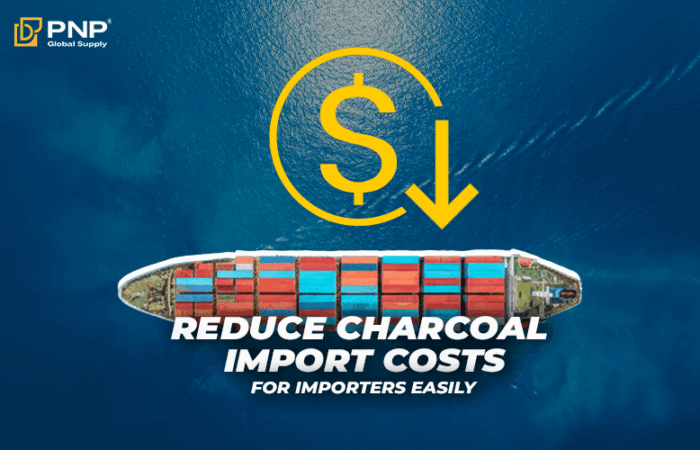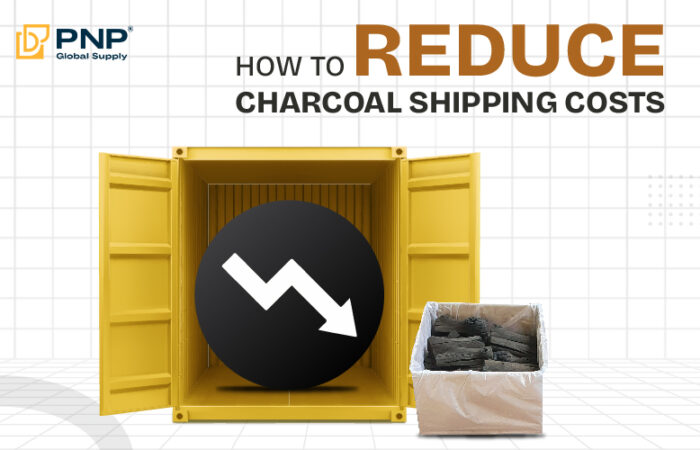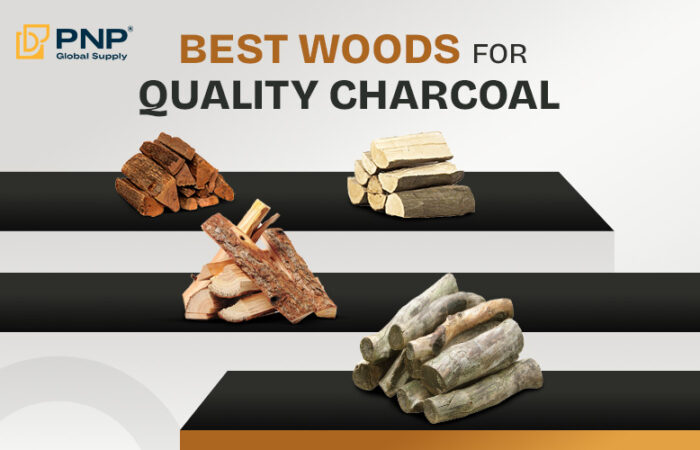In the global charcoal business, knowing whether charcoal is classified as dangerous cargo is essential for exporters, logistics providers, and all parties involved in shipping. This knowledge directly impacts packaging requirements, shipping methods, and safety precautions during transportation. For charcoal exporters and suppliers, misunderstanding these classifications can lead to shipment delays, regulatory penalties, or even safety incidents.
This article explores what type of cargo charcoal is, especially lumpwood charcoal, and clarifies if it falls under dangerous cargo or flammable cargo categories. We also discuss key considerations for safe handling and dangerous goods shipping protocols relevant to charcoal exporters.
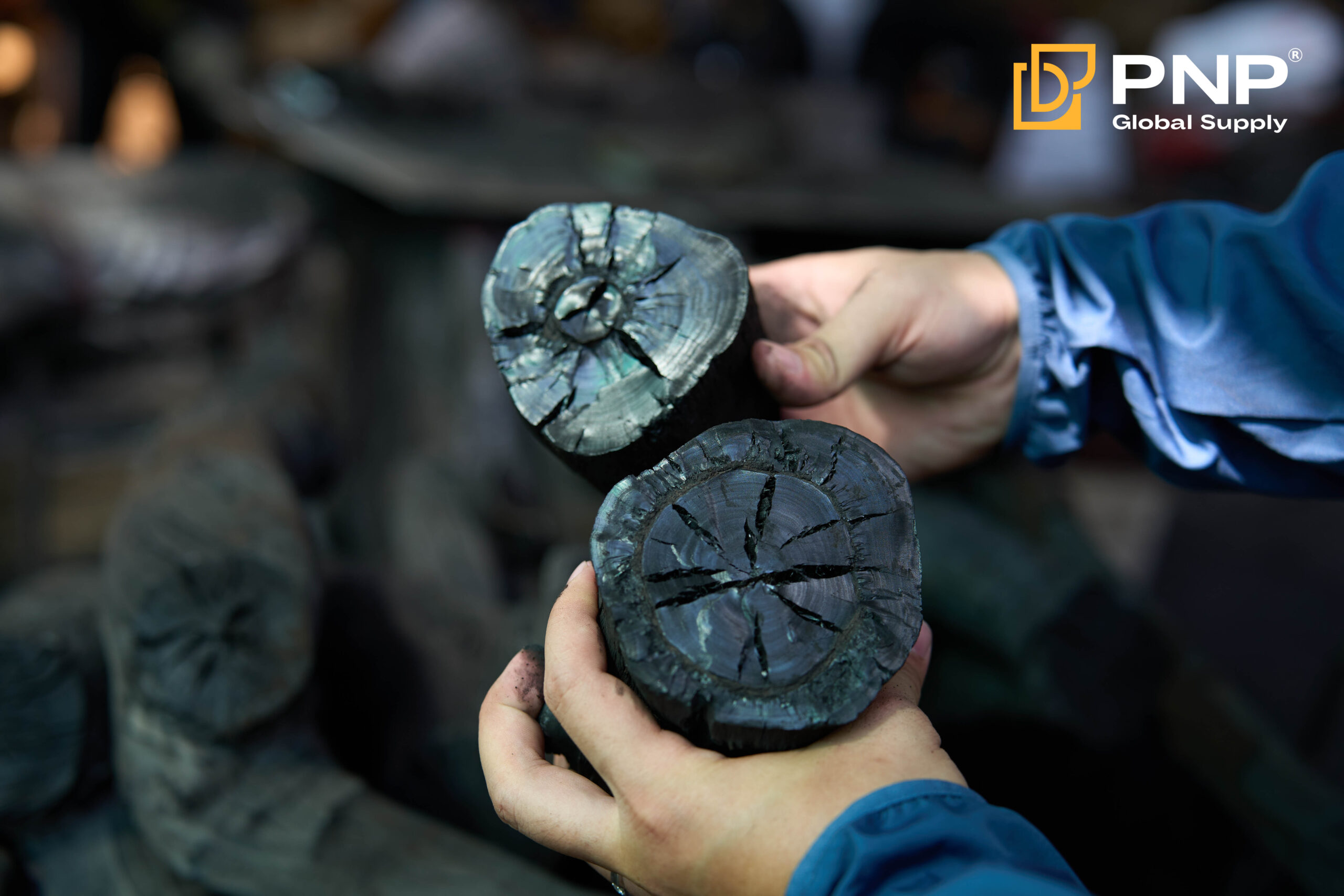
What is Charcoal and Its Classification?
Charcoal is produced by slowly burning hardwood or other types of wood in a low-oxygen environment, resulting in carbon-rich pieces used commonly for grilling, cooking, and industrial applications. Physically, lumpwood charcoal appears as hard, irregular chunks, with low moisture content and high fixed carbon levels, making it an efficient fuel source.
From a shipping perspective, lumpwood charcoal is a solid, dry product. Unlike liquids or gases, it doesn’t pose typical risks associated with chemical volatility or vapor pressure. This physical state plays a significant role in its classification under international shipping regulations.
According to major shipping regulatory frameworks such as the International Maritime Dangerous Goods Code (IMDG Code) and the International Air Transport Association (IATA) Dangerous Goods Regulations, lumpwood charcoal generally is not listed as a dangerous cargo. Instead, it is treated as a standard dry bulk or packaged commodity.
Is Charcoal Considered dangerous cargo?
Understanding dangerous cargo and Dangerous Goods Shipping
dangerous cargo, also known as dangerous goods, refers to substances or materials that pose risks to health, safety, property, or the environment during transportation. This includes explosives, flammable liquids and solids, toxic substances, radioactive materials, and corrosives.
Dangerous goods shipping involves strict regulations, specialized packaging, labeling, and handling procedures to minimize the risk of accidents during transit. Items classified as dangerous cargo are required to follow detailed protocols set by organizations such as IMO (International Maritime Organization) and IATA.
Why Charcoal Is Usually Not Classified as dangerous cargo
Although charcoal is flammable, it does not usually meet the criteria to be classified as dangerous cargo for several reasons:
- Physical Form: Lumpwood charcoal is a solid, non-volatile substance with a relatively low risk of spontaneous ignition under normal storage and transport conditions.
- Ignition Risk: While charcoal can ignite and burn, its ignition typically requires a direct heat source or flame, unlike flammable liquids or gases that can ignite from sparks or static discharge.
- Regulatory Listings: The IMDG Code and IATA regulations do not list lumpwood charcoal as a dangerous good or dangerous cargo. This exempts it from many of the costly and complex requirements imposed on hazardous materials.
Exceptions: When Charcoal May Be Considered Hazardous
There are situations where charcoal or charcoal-like products may be considered hazardous:
- Charcoal Dust or Powder: Fine charcoal dust can pose an explosion risk if dispersed in air within confined spaces. Dust explosions are a known hazard in many industries and can classify powdered charcoal as flammable solids under certain regulations.
- Impurities or Additives: Charcoal mixed with oils, chemicals, or accelerants may be classified as hazardous due to the added flammable substances.
- Improper Packaging or Moisture: Charcoal that is moist or improperly packed can potentially undergo chemical reactions leading to spontaneous combustion, especially in large quantities during storage or shipment.
For these reasons, charcoal exporters and logistics providers should carefully evaluate the specific type and condition of charcoal they are shipping.
Safe Packaging and Transportation Practices for Charcoal
3.1. Packaging Requirements for Lumpwood Charcoal
Although lumpwood charcoal is not classified as dangerous cargo, proper packaging is critical to ensure safety and maintain product quality during transit. Key packaging standards include:
- Moisture Protection: Charcoal must be kept dry to prevent moisture absorption, which can increase the risk of spontaneous combustion or degrade the product quality. Using moisture-resistant bags or sealed containers is recommended.
- Dust Containment: Preventing charcoal dust from escaping packaging protects workers and reduces fire risks. Multi-layered bags or sacks with liners can help contain dust.
- Physical Durability: Packaging must withstand handling stresses during loading, unloading, and transit. Sturdy woven polypropylene sacks or cardboard boxes reinforced with plastic liners are common choices.
- Clear Labeling: Even though lumpwood charcoal is not dangerous cargo, labeling packages with content descriptions and handling instructions helps prevent mishandling.
Read the article below to learn more about the suitable packaging types for charcoal export, ensuring safety and product quality during transit: TOP 4 TYPES OF CHARCOAL PACKAGING FOR EXPORT
Transport Considerations
- Storage and Handling: Keep charcoal packages in well-ventilated areas away from ignition sources. Avoid stacking bags too tightly to prevent heat buildup.
- Shipping Documentation: Although not a dangerous good, clear documentation and compliance with destination country import requirements are necessary for smooth customs clearance.
- Selecting Reliable Partners: Working with experienced freight forwarders and carriers familiar with charcoal shipping helps ensure compliance with relevant regulations and safety standards.
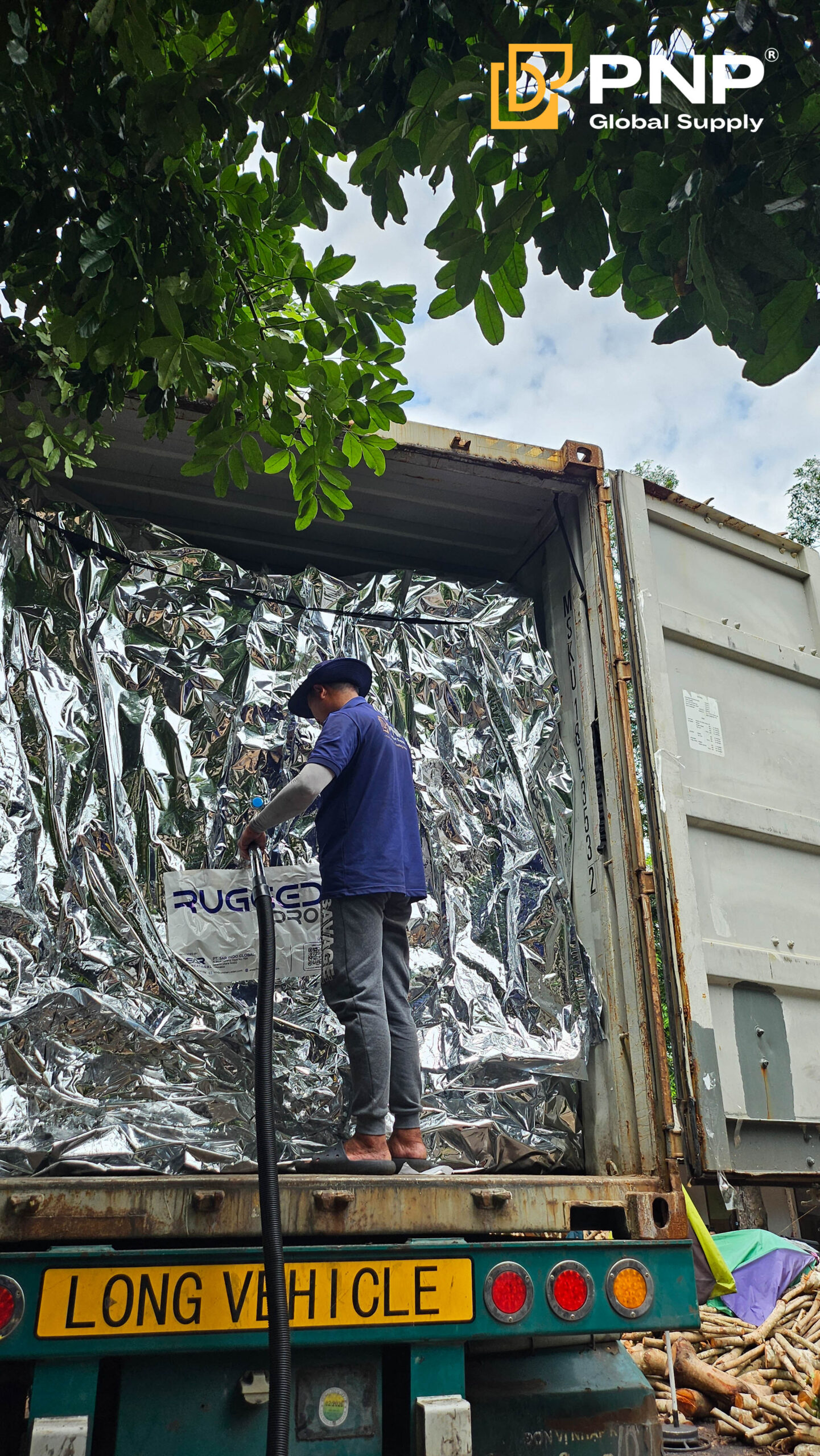
The Role of Charcoal Exporters in Ensuring Safe and Compliant Shipping
Charcoal exporters have a responsibility to guarantee their products are shipped safely and in accordance with international regulations. This includes:
- Quality Control: Ensuring the charcoal meets quality standards (dryness, size, purity) minimizes risk and maximizes customer satisfaction.
- Proper Packaging: Choosing the right charcoal packages designed for protection and safety during long transit periods.
- Regulatory Compliance: Staying updated on export regulations, customs requirements, and any changes in dangerous goods shipping policies.
- Communication: Providing clear product information to carriers and customs authorities to avoid misunderstandings related to cargo classification.
By following these practices, charcoal exporters maintain good reputation, avoid costly shipment delays, and contribute to safer global trade.
PNP Charcoal prioritizes safety and compliance with international regulations in every step of charcoal export. With strict quality control, suitable packaging, and up-to-date knowledge of shipping regulations, PNP Charcoal is committed to delivering high-standard products safely and efficiently to customers worldwide.
Visit our website: pnpcharcoal to learn more about our premium charcoal products and services.
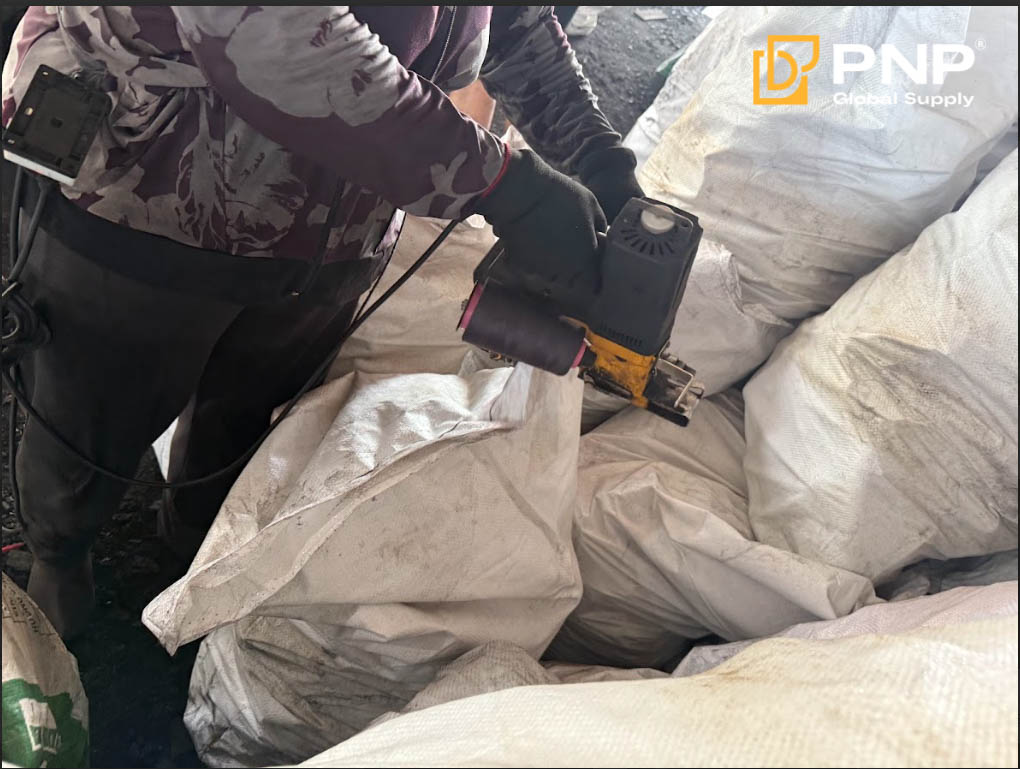
Conclusion
To conclude, lumpwood charcoal is generally not classified as dangerous cargo under international shipping regulations, and it is typically exempt from strict dangerous goods shipping controls. However, due to its flammable cargo nature, precautions must be taken in packaging, handling, and storage to mitigate risks such as spontaneous combustion or dust explosion.
Understanding these nuances is crucial for anyone involved in the charcoal business, especially charcoal exporters who regularly ship lumpwood charcoal across borders. Proper packaging, documentation, and collaboration with knowledgeable logistics partners ensure safe and efficient transport.
If you’re entering the charcoal export market or seeking to improve your shipping operations, prioritizing safety and regulatory compliance will safeguard your business and customers alike.
_______________________________
Contact us for more information
Facebook: PNP Charcoal
Instagram: PNP Charcoal
Email: info@pnpglobalsupply.com

